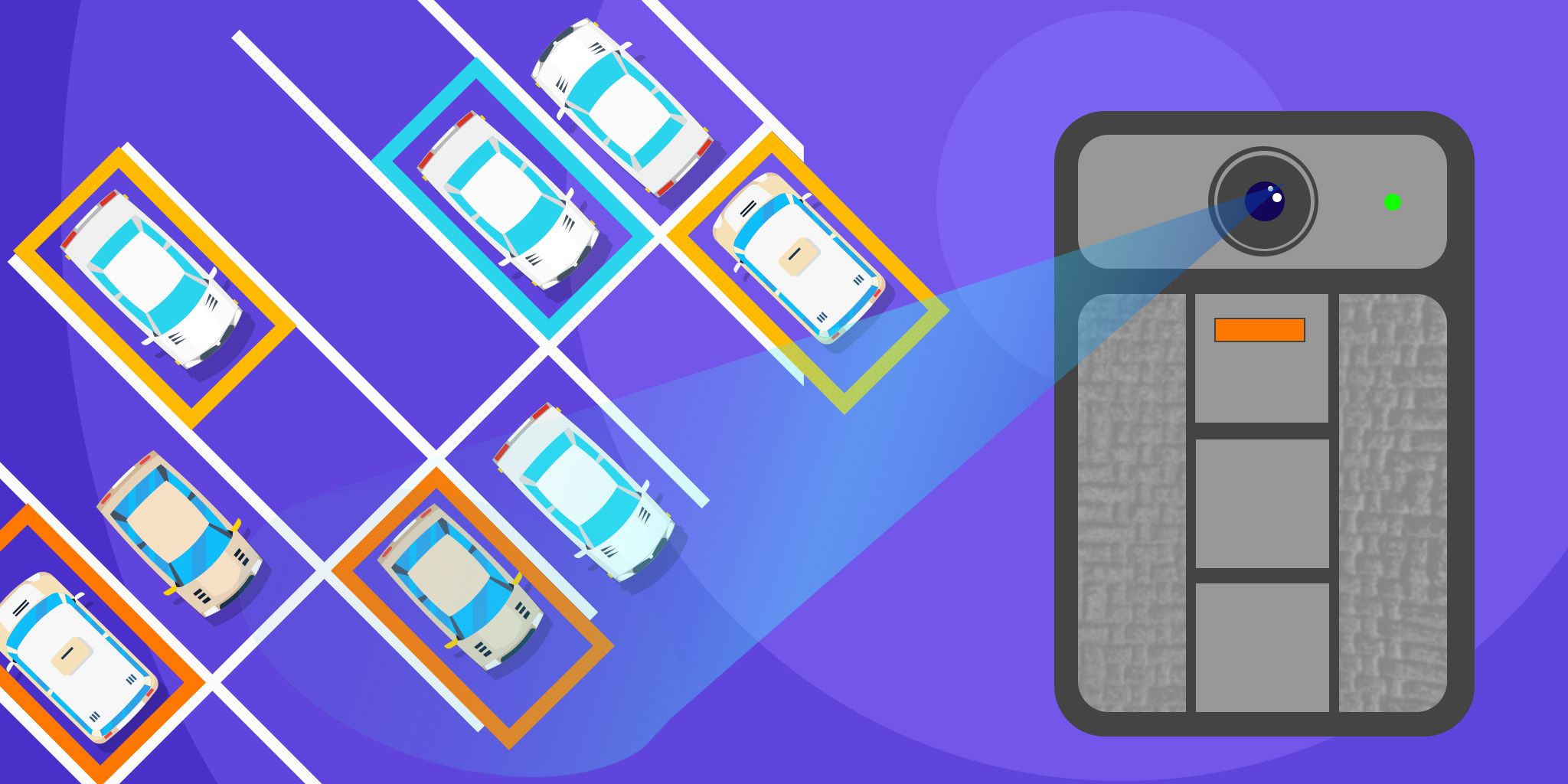AI Agents: An Evaluation Framework That Actually Works
AI Agents: An Evaluation Framework That Actually Works
- Last Updated: April 30, 2025
Ritesh Modi
- Last Updated: April 30, 2025



AI agents are systems that can work somewhat independently. They look at what's happening around them, make choices, and take actions to get things done. Unlike regular AI that does one job, agents can handle multiple tasks and often work on their own.
When you break it down, modern AI agents usually have:
- A foundation or specialized model (typically a large language model)
- The ability to use different tools to interact with other systems
- Memory components to keep track of conversations and context
- Planning and reasoning capabilities to figure out what to do next
- Special frameworks to measure how well they're performing
These agents aren't all the same. Some are simple chatbots. Others can do complex things like search the web, use different APIs, write code, analyze data, and handle other complicated user tasks.
The difference between a basic chatbot, a single agent, and multiple fully equipped agents is massive. It's like comparing a calculator to a smartphone.
Why Is It Important to Evaluate Agents?
Testing and evaluating AI agents matters for several key reasons.
Quality Control
Agents need to do what users expect them to do - and do it right. We can't be sure they'll work correctly or safely without proper testing.
Understanding Limits
Testing helps us figure out what agents can and can't do well. This helps developers know what to improve and helps users know when to use them.
I have seen organizations deploy an agent without proper evaluation. After a week, they had to pull it back because it couldn't handle the types of requests users were making.
Building Trust
Clear measurements of how agents perform help users and stakeholders trust them more. People want to know what they're working with.
Getting Better
Regular testing creates feedback that helps make agents better over time. It's hard to improve what you don't measure.
Responsible Use
Testing helps ensure agents are used in the right situations—where they can help without causing problems.
The "LLM as Judge" Evaluation Approach
What makes this evaluation framework particularly powerful is how it's implemented. Each of these six metrics isn't just a theoretical construct—they're actively calculated using specialized foundation models trained for evaluation purposes.
How LLM-Based Evaluation Works
These evaluation metrics leverage specialized language models that function as "judges" to assess agent performance. Here's how it works:
- A foundation model (often a variant of an LLM like Claude or GPT) is fine-tuned specifically for evaluation tasks.
- The model is provided with detailed rubrics and examples for each scoring level.
- The evaluation model analyzes conversations between users and agents.
- The model applies consistent scoring based on the predefined criteria.
The advantage of this approach is that it combines the nuance and understanding of human evaluation with the consistency and scalability of automated systems.
LLM as a judge offers consistency and scalability as its key advantage for evaluating agents, and it also makes things easier to evaluate.
How Can We Evaluate Agents?
To really understand how well an agent works, we need to look at different aspects of its performance. Four important measurements give us different perspectives.
1. Intent Resolution Evaluation
This measures how well an agent understands and delivers what a user wants. It has two main parts:
- Intent Understanding: Does the agent correctly figure out what the user is asking for?
- Response Resolution: Does the agent provide a solution that actually addresses the need?
The evaluation uses a 5-point score scale:
- Score 1: The response has nothing to do with the user's request. Example: The user asks about cake recipes, and the agent talks about smartphones.
- Score 2: The response barely relates to what the user wanted. Example: The user asks for a detailed cake recipe, and the agent says, "Cakes contain ingredients."
- Score 3: The response partly addresses the user's request but misses important details. Example: The user asks for a cake recipe, and the agent mentions a few steps but leaves out measurements.
- Score 4: The response mostly addresses what the user wanted with a few minor issues. Example: The user asks for a cake recipe, and the agent provides most of the ingredients and steps but misses a few details.
- Score 5: The response fully addresses exactly what the user asked for. Example: The user asks for a cake recipe, and the agent provides complete ingredients, measurements, and detailed steps.
This evaluation looks at whether:
- The conversation contains a clear intent.
- The agent's understanding matches what the user actually wanted.
- The intent was correctly identified.
- The intent was successfully resolved.
2. Completeness Evaluation
This measures how thoroughly an agent covers all the necessary information, especially compared to what we know is the complete answer. It helps ensure agents don't leave out important details.
The evaluation uses a 5-point score scale:
- Score 1: Fully incomplete—contains none of the necessary information. Example: When asked about health benefits of exercise, the agent mentions none of the known benefits.
- Score 2: Barely complete—includes only a tiny fraction of what should be there. Example: The agent mentions one minor benefit when there are many major ones.
- Score 3: Moderately complete—includes about half of what should be there. Example: The agent covers cardiovascular benefits but misses mental health benefits entirely.
- Score 4: Mostly complete—covers most points with only minor omissions. Example: The agent covers most benefits but misses a few lesser-known ones.
- Score 5: Fully complete—covers everything that should be included. Example: The agent comprehensively covers all known benefits.
When I helped evaluate a medical information agent, completeness was critical. Missing a single contraindication or side effect could have serious consequences.
3. Task Adherence Evaluation
This measures how well an agent follows instructions and stays on topic. It's crucial for making sure the agent actually delivers what was requested instead of wandering off-topic.
The evaluation uses a 5-point score scale:
- Score 1: Fully inadherent—completely ignores what was asked. Example: The user asked for a Paris itinerary, and the agent responds with general facts about France.
- Score 2: Barely adherent—vaguely related but misses the main task. Example: The user asks for a Paris itinerary, and the agent says, "Visit famous places in Paris."
- Score 3: Moderately adherent - follows the basic request but lacks detail. Example: The agent lists a few attractions without organizing them into a proper itinerary.
- Score 4: Mostly adherent—follows instructions with only minor issues Example: The agent provides a good itinerary but misses some practical details like timing.
- Score 5: Fully adherent —perfectly follows the instructions Example: The agent provides a complete, organized itinerary with timing, locations, and practical advice.
4. Tool Call Accuracy Evaluation
This measures how appropriately and correctly an agent uses available tools. For agents that can use tools, this is essential to ensure they select and use them effectively.
This evaluation uses a simpler scale:
- Score 0: Irrelevant—tool use doesn't make sense for the request, uses incorrect parameters, or uses parameters not defined for the tool. Example: The user asks about weather, and the agent tries to use a calculator tool.
- Score 1: Relevant —tool use makes sense, uses correct parameters from the conversation, and follows the tool's definition. Example: The user asks about the weather in Boston, and the agent correctly calls the weather API with "Boston" as the location parameter.
The evaluation considers:
- Is the tool relevant to the current conversation?
- Do the parameters match what the tool requires?
- Are the parameter values correct based on the conversation?
- Will the tool call help move the conversation forward?
- Is it the right time in the conversation to use this tool?
I once tracked tool usage in a customer service agent and found that 40% of delays were caused by the agent calling the wrong tool or using the right tool with incorrect parameters.
How These Metrics Work Together
These four measurements complement each other to give a complete picture of how well an agent performs:
A Complete View of Performance
- Intent Resolution: focuses on understanding what the user wants
- Completeness: examines how thorough the information is
- Task Adherence: checks if the agent followed specific instructions
- Tool Call Accuracy: evaluates if the agent used available tools properly
Together, these cover both understanding (intent resolution) and execution (completeness, task adherence, and tool use).
Finding Specific Problems
These measurements help pinpoint exactly where improvements are needed:
- An agent might be great at understanding what users want but struggle to follow specific instructions.
- It might use tools correctly but provide incomplete information.
- It might follow instructions perfectly but misunderstand what the user is asking for.
This detailed breakdown helps fix particular issues rather than making general changes that might not help.
Connection to User Experience
These measurements directly relate to how users experience the agent:
- Intent resolution affects whether users feel understood
- Completeness determines if users get all the information they need
- Task adherence impacts whether users get what they specifically asked for
- Tool call accuracy influences whether the agent effectively uses its capabilities
Guidance for Development
For people building agents, these measurements provide clear signals for what to work on:
- Low intent resolution scores suggest they need better understanding components
- Poor completeness points to knowledge retrieval or generation issues
- Weak task adherence indicates problems with following instructions
- Inaccurate tool calls reveal issues with tool selection or parameter extraction
Additional Evaluation Measurements
While the four core metrics provide strong coverage, two additional dimensions significantly strengthen agent evaluation:
1. Conversational Efficiency (Turn Count)
This measures how many back-and-forth exchanges it takes for an agent to successfully complete a task. Fewer turns generally mean a more efficient agent.
Why This Matters
- User Experience: Too much back-and-forth frustrates users and wastes their time
- Cost Efficiency: More turns mean more token usage and higher operational costs
- Time Savings: Quicker resolution means users get what they need faster
How to Measure It
This can be evaluated as:
- Low Turn Count (Good): Task completed in the minimum necessary turns
- Medium Turn Count (Acceptable): Some clarification is needed but reasonable
- High Turn Count (Problem): Excessive clarification or repeated attempts
What counts as "good" depends on the task:
- Simple fact questions should be answered in 1-2 turns
- Complex problem-solving might reasonably take 3-5 turns
- Creative collaboration might involve more turns but should show clear progress
I tested an agent that took an average of seven turns to complete tasks that competitors did in 4. After optimization, we reduced it to 3.5 turns and saw user retention improve by 22%.
Evaluation Method
- Count the number of exchanges before the task is successfully completed
- Compare against benchmarks for similar types of tasks
2. Task-Specific Metrics
Different agent applications need specialized metrics that match their particular domain.
For Summarization Tasks
- ROUGE Scores: Measures overlap between agent summaries and reference summaries
- Groundedness: Ensures summaries only include information from the source
- Information Density: Checks how efficiently the summary captures key points
- Coherence: Evaluates if the summary flows logically and reads well
For Retrieval-Augmented Generation (RAG)
- Precision/Recall/F1 Score: Evaluates how relevant the retrieved information is
- Citation Accuracy: Checks if sources are properly referenced
- Hallucination Rate: Measures how often the agent makes up information not in the sources
- Retrieval Efficiency: Assesses how well the agent finds the best information
For Translation Tasks
- BLEU/METEOR Scores: Standard measurements for translation quality
- Cultural Nuance: Evaluates handling of idioms and cultural references
- Consistency: Ensures terminology is translated the same way throughout
How to Implement a Comprehensive Evaluation System
To put these measurements into practice effectively:
1. Create Baselines and Benchmarks
Establish baseline performance for your agent and set target benchmarks based on user needs and competitive analysis.
2. Use Both Automated and Human Evaluations
Some metrics can be calculated automatically, but human evaluation provides insights that automated systems might miss.
For task adherence, I used a combination of automated checks for basic adherence and human reviewers for nuanced evaluation.
3. Implement Continuous Monitoring
Don't just evaluate once. Set up ongoing monitoring to track performance over time and across different versions.
4. Weight Metrics Based on Use Case
Not all metrics matter equally for every application. Adjust the importance based on your specific use case.
For a technical support agent, tool call accuracy might be weighted most heavily, while for a creative writing assistant, completeness and task adherence might matter more.
5. Connect Metrics to User Feedback
Correlate your evaluation metrics with actual user satisfaction to validate their real-world relevance.
Conclusion
AI agents are changing how we interact with technology, moving from passive tools to active participants that understand, reason, and act. As these systems become more powerful and common, thorough evaluation becomes even more important.
The six metrics we've discussed—intent resolution, completeness, task adhesion, tool call accuracy, conversational efficiency, and task-specific metrics—provide a solid foundation for comprehensive agent evaluation. Together, they assess understanding and execution across different aspects of performance.
The field of agent evaluation will continue to evolve as agent capabilities grow, making ongoing research and refinement of these metrics essential for responsible development and deployment of AI agent technologies.
The Most Comprehensive IoT Newsletter for Enterprises
Showcasing the highest-quality content, resources, news, and insights from the world of the Internet of Things. Subscribe to remain informed and up-to-date.
New Podcast Episode

Moving Past the Pilot Phase in IoT and AI
Related Articles





